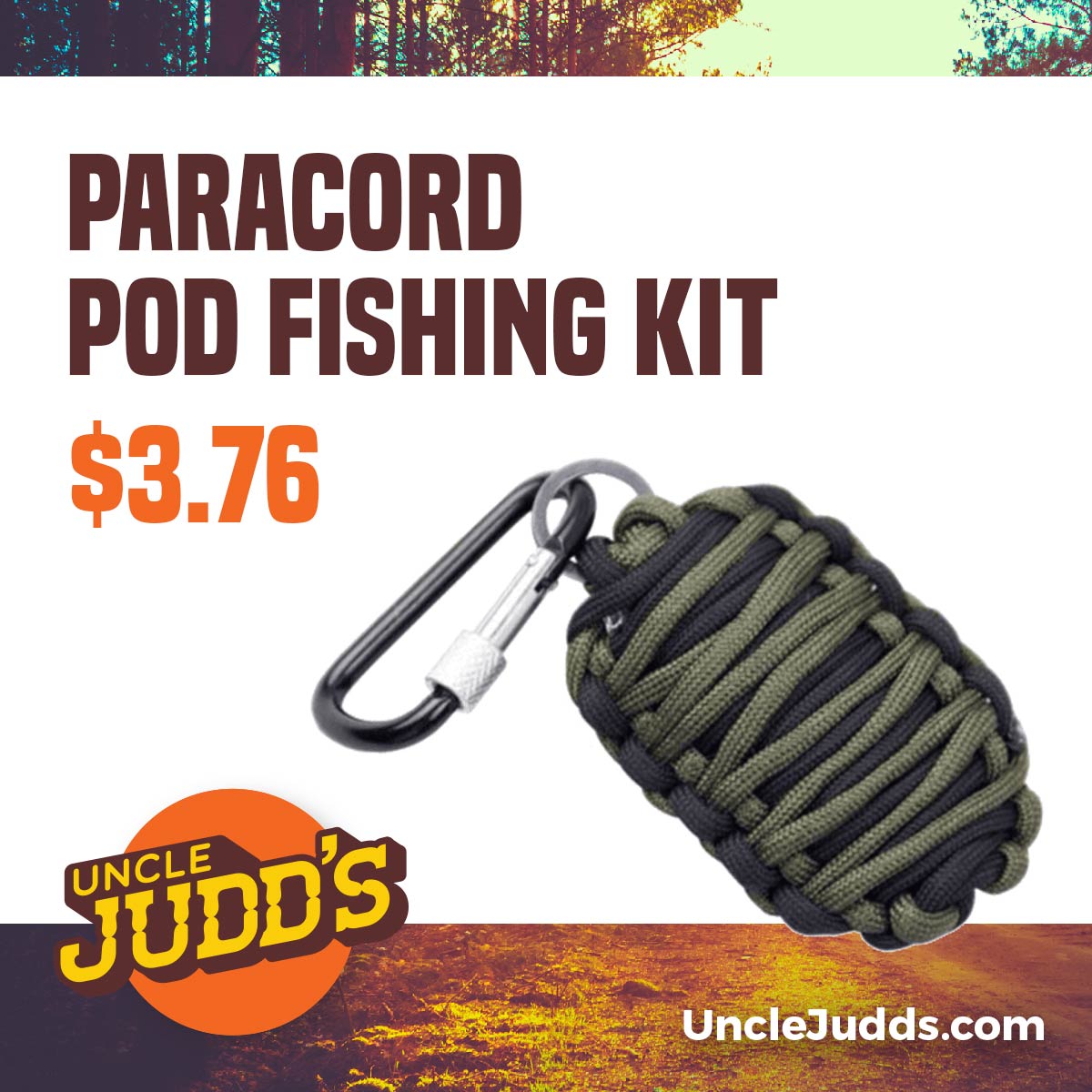Gear
Ultralight Backpacking Gear Checklist For Your Next Hiking Adventure
Published
3 years agoon
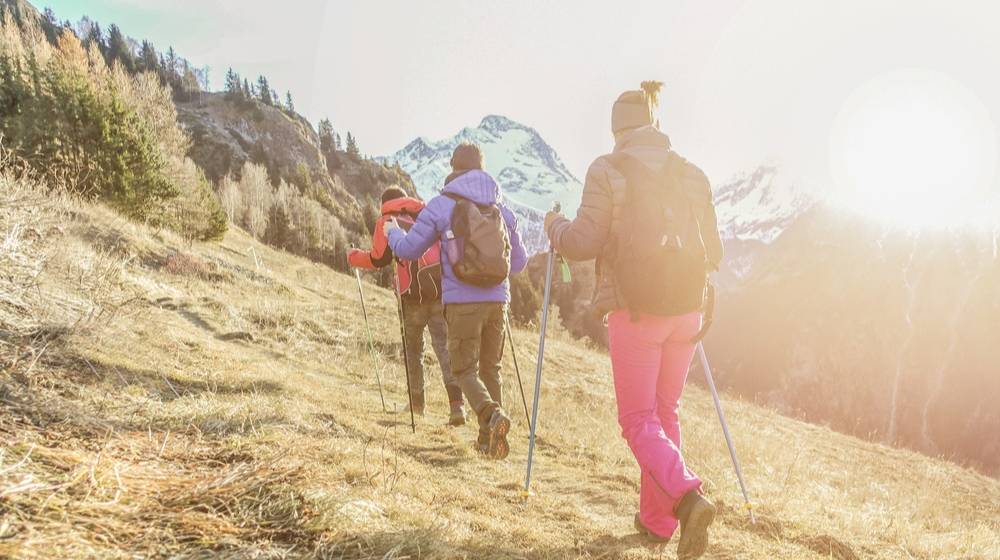
Lessen your pack’s weight without sacrificing safety to achieve an ultralight backpacking experience. Here’s a backpacking gear list so you can hit the trail light as a feather.
RELATED: Need A Reason To Start Hiking? These Hiking Benefits Should Convince You
Shave Pounds With These 9 Must-Have Ultralight Backpacking Gear Items
1. Tent
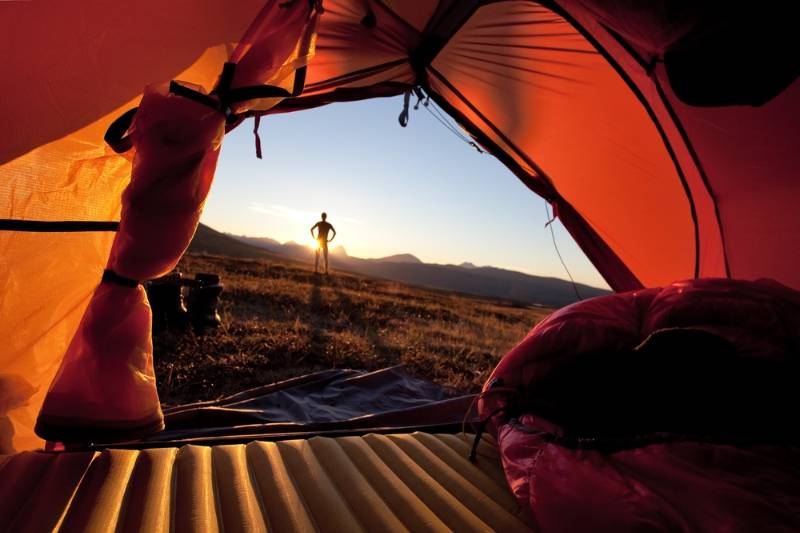
If you’ll sleep alone, bring a one-person tent that weighs only one pound. Otherwise, there’s a two-person tent that weighs around 2-3 pounds. You can share this space with your partner or friend so that only one of you will have to carry its weight.
Determine the weather before you head out. If the condition would be bright and hot, consider an ultralight tarp shelter. You can also use a ground cover from your tent footprint. On the other hand, bring a sturdy tent that can withstand wind and rain if you’re expecting inclement weather.
2. Water and Water Filter
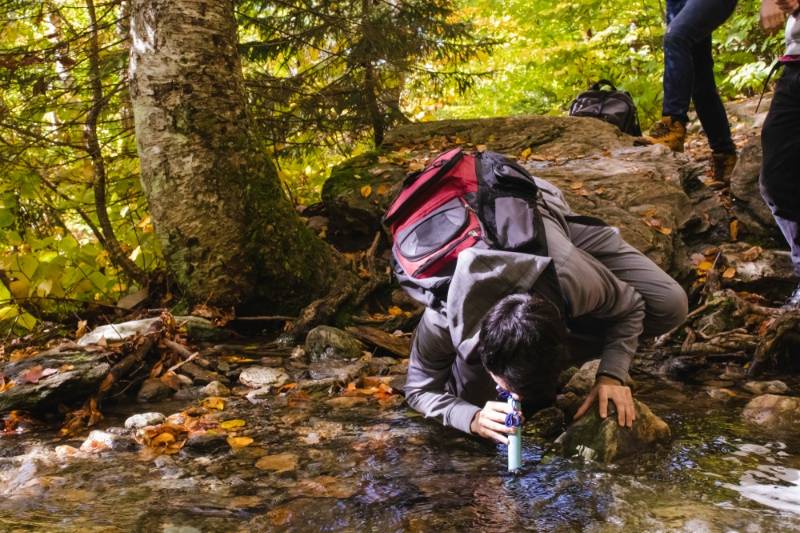
Water is most probably the heaviest item that you need to carry in your pack. Estimate an amount that’s enough for your hiking trip.
Bring many bottles instead of a giant one, then balance their weight on both sides of your backpack. You can choose tall and slender bottles so you can insert them in your bag’s pockets.
Check the path of your trail, and find out where you can refill your water bottle. However, natural water sources might contain bacteria, and drinking from them can lead to illness. Bring an ultralight water filter to remove these microorganisms.
3. Ultralight Clothing
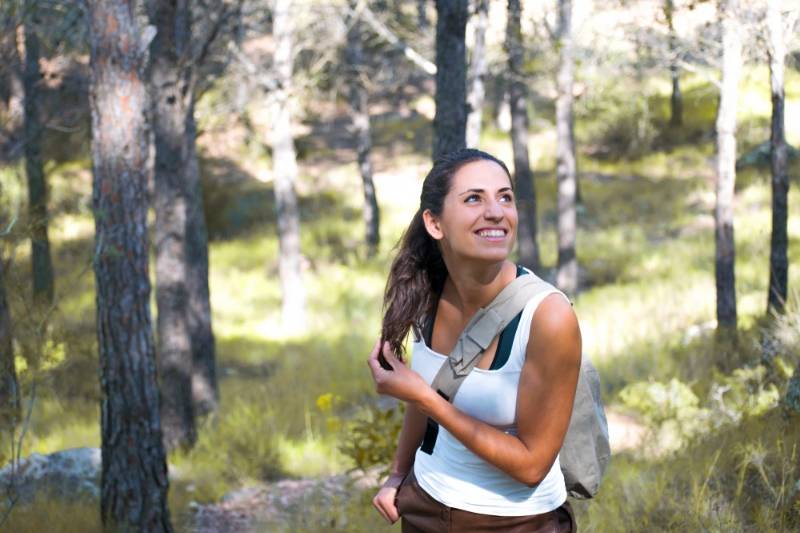
Appropriate clothing helps you feel comfortable during your hiking. Bring minimal clothes, but prepare for the weather. Think twice if you really need a new set of outfits every day.
Don’t cut back on essential layers just to make your backpacking light. Ensure that you still have base, insulating, and shell layers, but avoid packing several items for each layer. For instance, there can only be one room between a rain jacket and a wind shell for your outer layer.
Choose clothes made of natural materials like merino wool. They weigh less than synthetic fabrics. Select those that are water-resistant and quick to dry as well.
4. Sleeping Bag and Pad
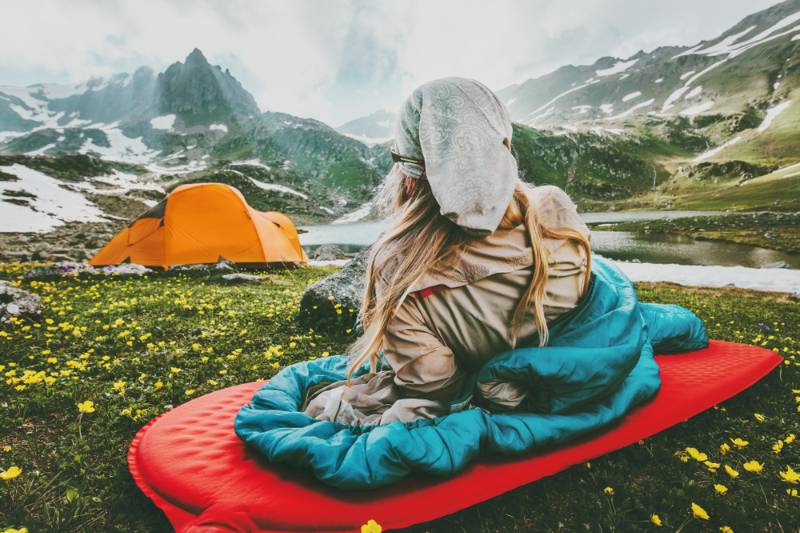
Check the temperature on the trail, and see if there’s a need to bring a warm sleeping bag. Remember that its insulating elements can weigh more, which you can cut if you’re hiking during summer.
However, it’s still possible to pack light if you want to carry both a sleeping bag and a sleeping pad. Aim a total of four pounds for these items, and balance their weight and warmth properties.
Take advantage of high-tech sleeping gear such as an air-filled sleeping pad. You can also opt to bring a quilt which is a lightweight alternative as well.
5. Cookware
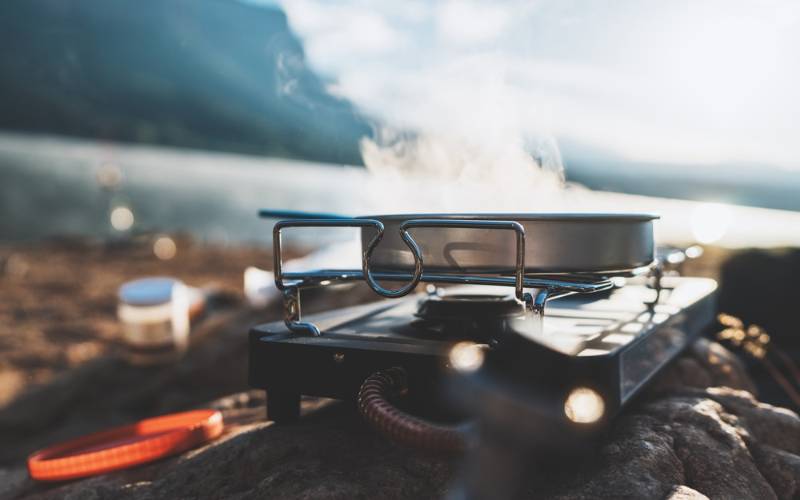
Set up a minimal camp kitchen so you can avoid bringing a lot of food items for hiking. All you need are a stove, fuel, and mess tin to prepare your meals. Instead of using a backpacking stove, bring an ultralight one to save some weight and take up less space.
Practice using ultralight cookstoves before heading out as it requires some skills to light them. Cook on even ground, away from your tent or tarp.
RELATED: How to Choose The Right Backpacking And Trekking Tents
6. Lightweight Backpack
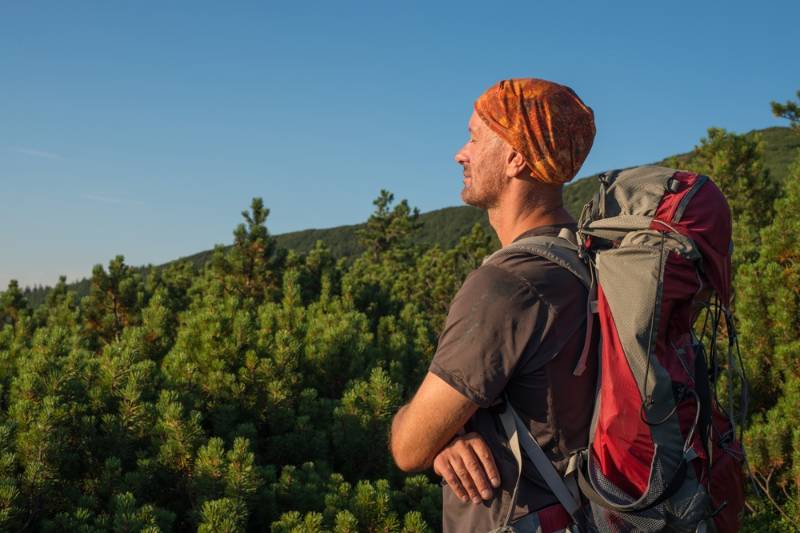
Whether frameless or heavy-duty, choose bags that weigh less than two pounds. They have a small capacity and are meant for lightweight hiking. In this way, you’ll be committed to only bring less than 40 pounds of backpacking gear, and avoid unnecessary items.
Keep in mind that even when your pack is empty, it still weighs a few pounds. Avoid those with several accessories such as zippers, as they add weight to your bag.
Don’t forget about comfort as well. You don’t want to experience shoulder, hip, and back pains while hiking. Be sure that your packs have the right size, fit, and positioning.
TIME SENSITIVE INFORMATION: EX-CIA Agent Takes You Through The Intensive Sharp Shooter Training He Learned In The CIA Academy. In Just 30 Days Learn To Be A Sharp Shooter Like Every Agent Leaving The Academy.
7. Food
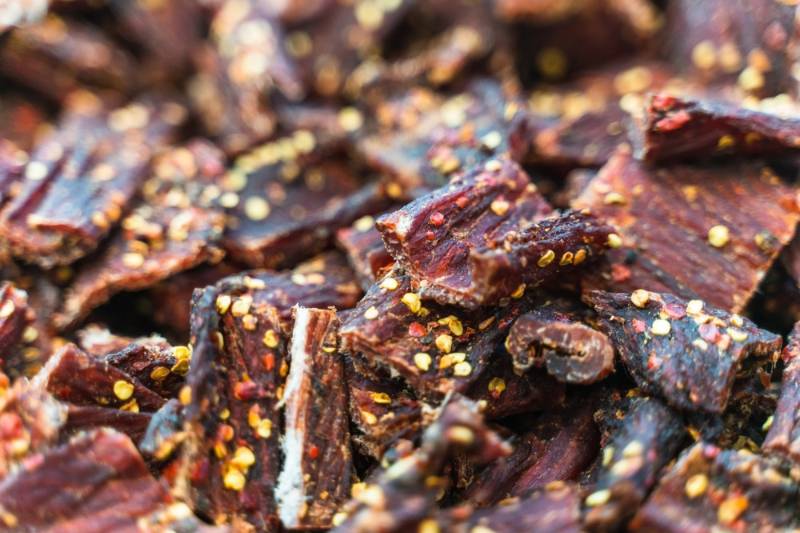
You don’t want to starve to death while hiking, and overpacking a lot of food items can be tempting. However, remember that these weigh a lot.
Plan your meals for each day of your hike. This will help you pack the right amount of food. Prioritize those that are high in calorie and protein content such as chocolate, cheese, and trail mixes.
Fruits are a viable option when hiking. However, you can save more space by bringing dried fruits and dehydrated meals instead. This way, you won’t also have to carry weight from food waste like peels and cores. Additionally, they’re long-lasting and convenient to prepare.
8. Multi-Purpose Items
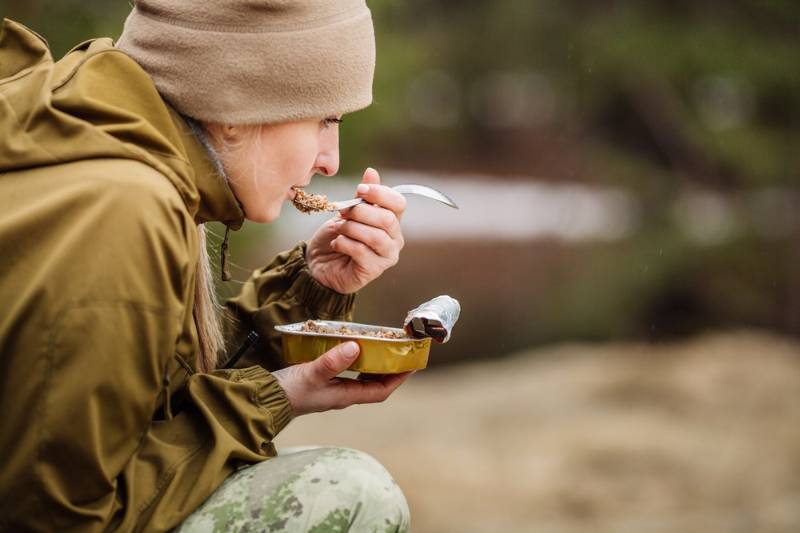
All items in your pack should have more than one use, and you should maximize their usage. Eliminate items with only specific uses, and replace them with multi-functional ones.
For instance, you can tie a bandana around your head to protect you from heat. Then, you can use it as a temporary tourniquet in case of an emergency.
You can use a pot both as cookware and bowl. Additionally, instead of bringing a separate spoon and fork, you can bring one utensil in a form of a spork.
Make your packed clothes as versatile as possible. Roll up your pants into shorts. This way, you’ll also be prepared for unexpected weather changes.
9. First Aid and Emergency Equipment
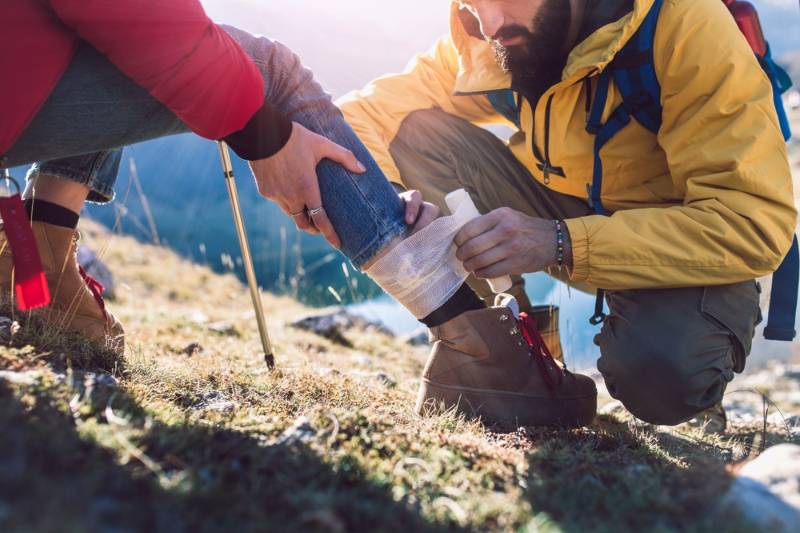
You should equip yourself for a medical emergency especially if you’re in the wilderness. However, be sure not to bring excessive items. Only carry what’s needed to treat minor injuries and illnesses such as a blister or a sprained ankle.
Some of the must-haves are antiseptic wipes, duct tape, lip balm, and tweezers. Bring gauze pads, bandaids, and bandages as well to cover up your wounds. Essential medications are ibuprofen and loperamide.
Additionally, you should have knowledge of how to use these supplies. A hospital might not be in a few steps, so you should learn how to prevent a condition from deteriorating.
Watch this video by Survival Zone to help you select the best backpack for your next lengthy and vigorous walk:
Ultralight backpacking doesn’t have to be complicated. Just keep in mind that weight matters and that as you walk, each pound counts. Pick the lightest-weight option of these gear items so you can enjoy every moment of your hiking adventure.
What other ultralight backpacking gear items would you like to add to your checklist? Share your thoughts with other outdoor warriors in the comments section below!
Up Next:
- Backpacking In Europe: Best Destinations For The Nomadic Wanderers
- Camping Gear Checklist For The True Outdoor Warriors
- Water Skiing Destinations In The U.S. | America’s Best Spots For Skiing
Don’t forget to stay connected with us on Facebook, Twitter, and Instagram!
You may like

How To Build A Debris Hut

Ironman Triathlon Podcast: What You Need To Know As An Aspiring Ironman

Awesome Family Camping Tips For Beginners

Hiking Safety Tips: What To Do When You Have Knee Pain On Trail? [PODCAST]

How To Craft Sharp Stone Tools To Survive The Great Outdoors

Mountain Bikers, Why You Don’t Want to Ride Like a Pro!

Hiking Boot Accessories
The Handgun Safety Test For Beginners
These Hunting Shotguns Are The Best Bang For Your Buck
11 Types of Guns That Will Keep You Alive On Doomsday
Best ATV Tires – The Top 6 Lightest Mud Tires

The Top 5 Hunting Guns You’ll Ever Need For A Wilderness Walk-out
Arizona Hunting Laws and Regulations

Hunting And Conservation Discussion | Call Of The Outdoors Podcast [LISTEN]
The Handgun Safety Test For Beginners
These Hunting Shotguns Are The Best Bang For Your Buck
11 Types of Guns That Will Keep You Alive On Doomsday
Best ATV Tires – The Top 6 Lightest Mud Tires

The Top 5 Hunting Guns You’ll Ever Need For A Wilderness Walk-out
Arizona Hunting Laws and Regulations






